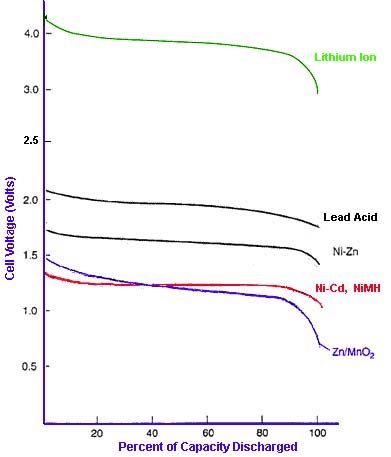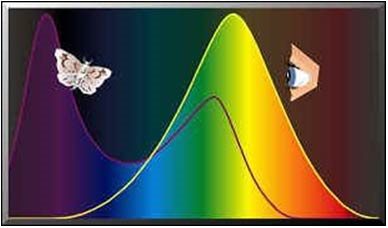I am building a very simple MSP 430-based controller, and I need a single output to drive the LED in a solid state relay. To make it work over a range of discharging battery voltages (3.3v and lower), I thought a constant current output (10 ma or less) would be appropriate. I'm a software guy, so I have very little analog hardware expertise, but I seem to remember that one can make a constant current driver with an op amp or two. To keep the part count low, I'd like to use the op amp(s) in an MSP 430.
Questions:
Can this be done? If so, how?
What MSP 430 do I need? The controller is so simple, the smallest one with the right op amps is probably adequate.
Is there a better way?
This is probably not the first time this has been asked, but I haven't been able to find the answer. A link to an existing answer would be good, or just answer here.
Thanks.



